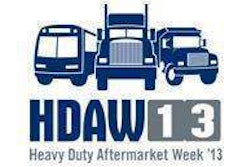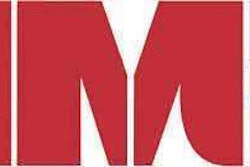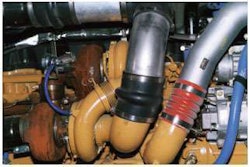Coming up as a young writer I was very fortunate to have a good mentor.
A 30-plus year industry veteran, he had “been there, done that.”
Having that kind of leadership was important as I began to work my way through the professional world.
Of all the lessons I learned that made me a better writer, I also learned several lessons that made me a better employee, a better manager and helped me better understand myself and my co-workers.
Have you ever looked at one of your co-workers or employees and thought, “It sure would be nice if they worked as hard as I did.”
Here’s a shocker: They probably do work as hard.
They may not work as quickly as you – or as quickly as you would like – but that doesn’t mean they’re not working hard.
Don’t get me wrong. There are a handful of “bad employees” out there. However, in my experience, not nearly as many as you think. Understanding and appreciating the value of skill and effort will go a long way in your business, whether you’re selling parts, servicing trucks or anything in between.
Generally speaking, in practically every laborforce you’ll find employees that fall into one of three categories, which are defined below.
The racehorse: This employee is always first to finish their assignment and is best suited for the jobs that take the longest. But they “leave everything at the shop” and are exhausted when they punch out for the night.
The quarter-horse: A very steady employee but far from the fastest. They work quickly in short bursts and are best suited for multiple smaller tasks.
The mule: The slowest employee in the shop. The simplest tasks can take all day.
Upon quick study, you probably want a shop full of racehorses. That is until you realize they can’t keep that frantic pace up forever. They’ll crack and quit in a fit of frustration.
You can’t take a shop full of quarter horses either, unless you want to put multiples of them on a racehorse’s job. If you need six employees, you better hire eight.
And the mule. Ha! A shop full of those and your customers’ downtime could be measured on a sundial.
However, once you realize you need the energy of the racehorse, the durability of the quarter horse and the dependability of the mule, you’ll have pretty good shop chemistry.
Each has their own unique set of talents and puts them to use in different ways. One is no more valuable than the other, but each has to be managed – and treated – differently.
They each pull their weight in their own way, and having the right mix of racehorses, quarter-horses and mules will go a long way in creating chemistry (and efficiency) in your business.











